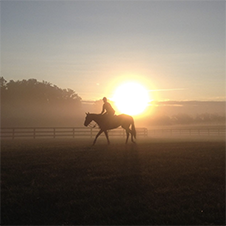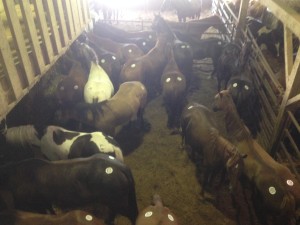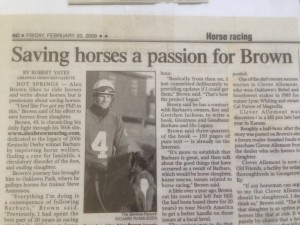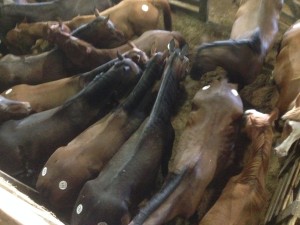American Veterinary Medical Association’s Pro Slaughter Position
It reads: “Consumption of horsemeat by humans is a cultural and personal choice; the veterinarian’s primary focus is on the health and welfare of the horse throughout its life. That said, our veterinary associations believe the humane slaughter of horses is preferable to a life in discomfort and pain, inadequate care, or abandonment.”
The position concludes: “Horses destined for slaughter should be handled and transported to the processing facility in a humane manner. Use of local slaughter facilities is preferred to avoid welfare risks (e.g., physical and mental stress, injury) associated with long-distance travel. Horses should be humanely slaughtered consistent with the requirements of the country in which the horses are being processed.”
The above statement is a surprise, when you figure that it comes from an organization that comprises veterinarians, but it is no surprise when you know the history of the organization’s position on horse slaughter.
As far as I can tell, there are three fundamental flaws to the position:
1. it presents the end of life choice for horses as binary, it is not. Many choose humane euthanasia, performed by a vet.
2. it uses the phrase “humane slaughter”, many argue that the slaughter process is not humane, and incentives in the slaughter pipeline do not favor humane treatment.
3. horses are not born a food animal. This becomes a food safety concern, given the concoction of drugs they might ingest, undocumented, over a lifetime. The AVMA knows this better than any other organization, their members prescribe and administer those drugs.
Habitat for Horses had a few choice words in response: International joint statements address horse slaughter, rabies in dogs.



